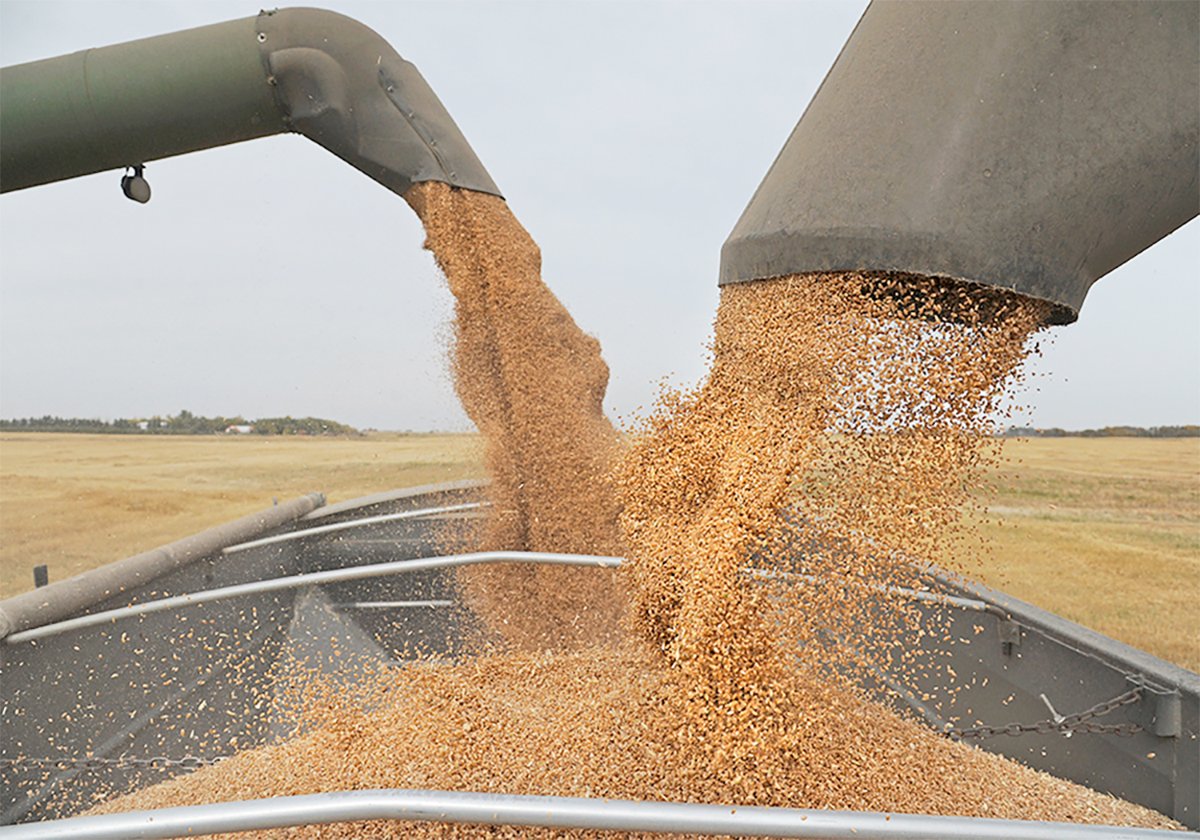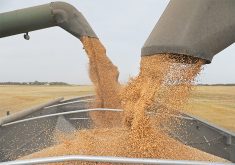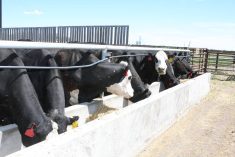What if we could make container shipping more efficient? What if in the process, we could save money for farmers and others in the industry, while also boosting Canada’s reputation as being one of the most dependable and speedy suppliers of agricultural goods in the world.
A proposal being bandied about may present our best chance of achieving this. It deserves serious attention to determine if it can live up to its promise.
The proposal promoted by Saskatchewan Agrivision Corp. is to build what’s called an inland port, which would co-ordinate container traffic on the Prairies before it heads to the coast.
Read Also

Agriculture productivity can be increased with little or no cost
There’s a way to enhance agricultural productivity with little or no cost. It doesn’t even require a bunch of legislative changes.
Initially, the plan calls for an “intelligence centre” that would track movement of rail traffic and assist in preparing bonds and other documents to ease the flow of traffic moving between the United States and the West Coast.
Eventually, the long-term plan would see a container handling facility on the Prairies that could offer solutions to many long-standing problems. It would move the stuffing of containers from the coast to the Prairies when possible.
Potentially, it could reduce tie-ups at clogged ocean ports, reduce container shortages on the Prairies, reduce
demurrage charges that farmers are forced to pay for keeping ships waiting at port and could improve service for buyers with quicker, more reliable delivery. That’s something many buyers would be willing
to pay more for.
An inland port also offers security because containers can be loaded and sealed at the source.
And it is not limited to agricultural goods. According to Agrivision, many corporations such as Wal-Mart and Canadian Tire have also expressed interest.
The concept is not new. It was tried in Moose Jaw, Sask., but failed because of what the owners call poor service from rail and steamship lines.
Since then, Canadian National Railway’s grain distribution centre in Edmonton has provided this type of service and the project is being closely watched. As well, SmartPort in Kansas, although larger than anything planned for Canada, has been operating for years.
The key to success is getting buy-in from rail companies and shipping lines early on in the discussions.
Representatives from these sectors attended a recent meeting to discuss Agrivision’s proposal, and a committee is now steering the project toward a July funding drive to raise money for a business plan.
If we need more incentive to explore the idea further, we have only to look at present trends in international trade. Movement of goods to Asia is booming and forecasts are that trade in that direction is only going to increase.
At the same time, the west coast ports lack the space to handle all the containers coming into and leaving the country.
The need for more co-ordination before products reach the coast is becoming more critical.
The inland port concept is an idea
whose time has come. It deserves a thorough airing.
Bruce Dyck, Terry Fries, Barb Glen, D’Arce McMillan and Ken Zacharias collaborate in the writing of Western Producer editorials.














